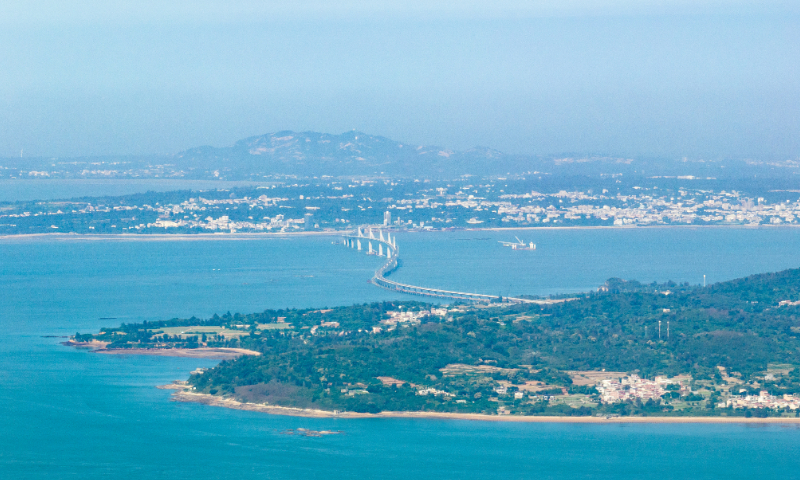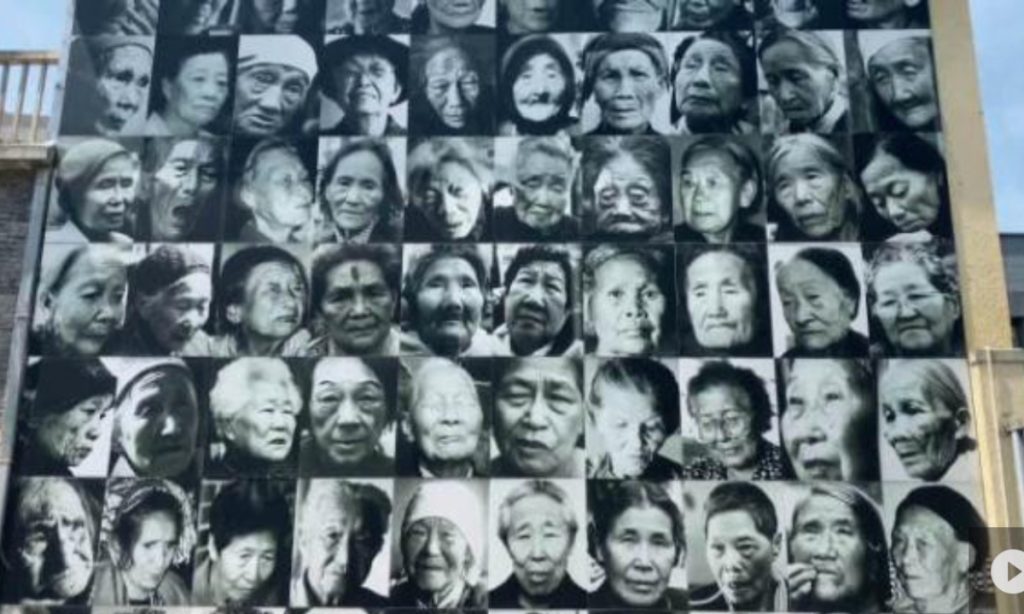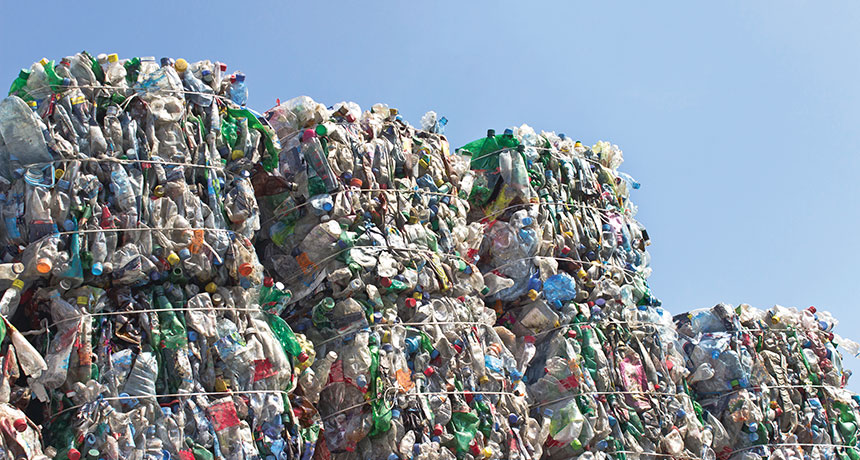From 3.5-hour drive to 40-minute ride, GT reporters taste speed, beauty of Jakarta-Bandung high-speed train
After enduring a bumpy 3.5-hour-long highway ride and a bout of traffic congestion, we finally arrived in Indonesian famous tourism city Bandung by car, which was only 130 kilometers from the capital Jakarta, during a fieldtrip to the Tegalluar Station, the last point on the Jakarta-Bandung HSR in July.
Locals told us that the same journey sometimes takes up to six or seven hours during peak commuting hours, and the rainy weather only makes matters worse.
Compared with the hustle and bustle of Jakarta, Bandung, nestled in the mountains, is calm, humid, and has an abundance of fresh air, making it a very popular weekend escape for Jakartans.
Taking a trial ride on the train to Bandung was fairly a pleasant experience. On the trial run, and at a speed of approximately 180km/h, one could effortlessly balance a coin on its edge on the windowsill of the carriage without it falling, thanks to its smooth operation, which is also almost entirely silent.
We learned that the train is equipped with intelligent sensor technology and a seismic monitoring and warning system. With over 2,500 detection points throughout the train, all critical systems can be monitored in real time.
Facilities for those living with disabilities and an SOS call button, braille guide signs, and vending machines are easily found in the train's carriages.
The train's design has also incorporated amenities that cater to local Indonesian customs such as a temporary prayer room. The train, both in its exterior and interior design, showcases a rich and distinctive representation of Indonesian local symbols and elements.
The HSR includes four stops - Halim, Karawang, Padalarang, and Tegalluar. Halim is the inaugural station located in the capital of Jakarta, and Tegalluar sits in Bandung. The other two stations are located near Indonesia's industrial bases, home to a number of foreign enterprises and industrial parks.
During a visit, we were captivated by the modern and grand atmosphere of the Tegalluar Station.
The overall design incorporates fluid curves to channel the elements of mountains and water, symbolizing Indonesia's emphasis on harmonizing development with nature.
The extensive glass curtain walls reflect the boundless green fields and mountains in the distance, creating a soothing and pleasant ambiance.
The waiting area at the station includes space for commercial shops and restaurants. The station is equipped with both manned ticket offices and unmanned ticket machines, mirroring the basic configuration of high-speed railway stations in China.
With a building area of 15,000 square meters, the Tegalluar Station features two platforms and 4-5 railway lines, accommodating up to 1,500 passengers simultaneously, with a peak hourly capacity of 3,200 people. Departing from the station, travelers can easily access the renowned attractions of Bandung, such as the Asian-African Conference Museum and the Bandung Zoo.
During the visit to Tegalluar Station, local residents and employees would occasionally greet us with enthusiastic smiles and thumbs-ups, seemingly expressing their expectations for the railway project and their dreams for a new transportation dawn.





